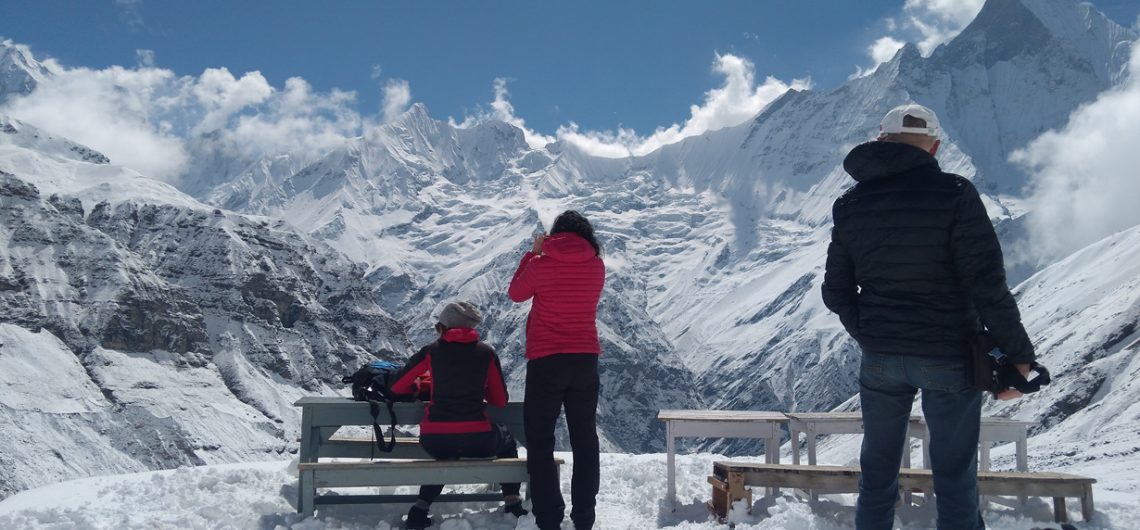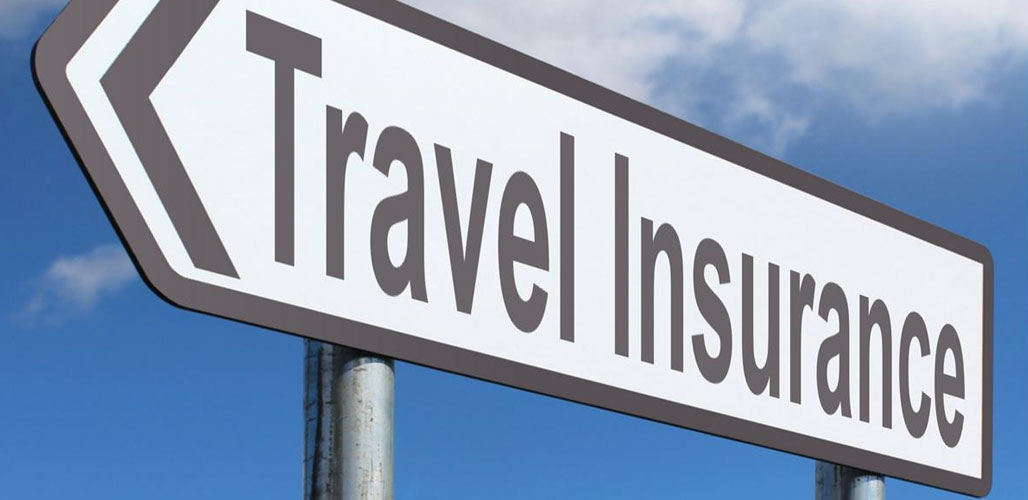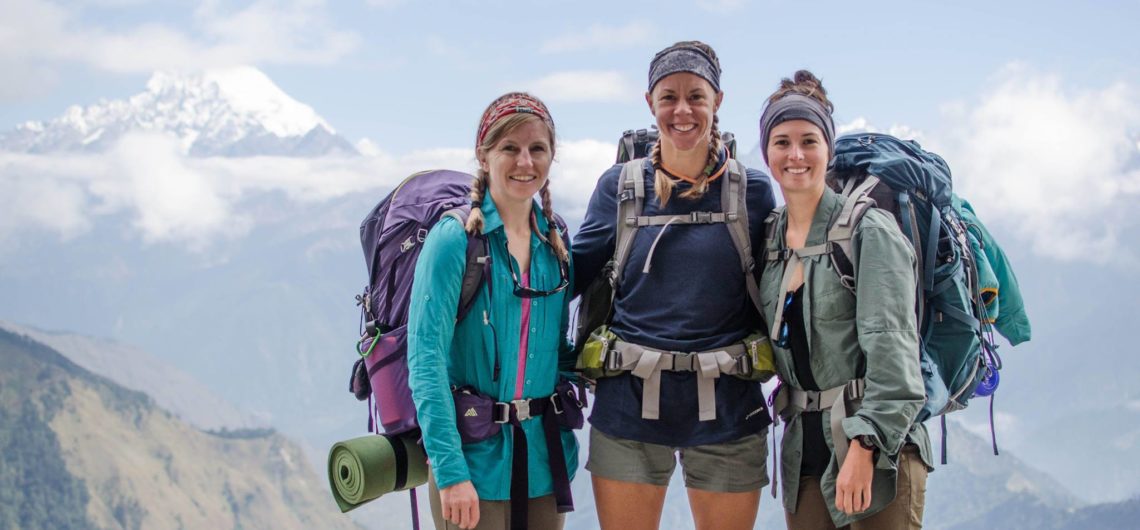Trekking in Nepal has always an exciting and one of the favorite destination for all adventure enthusiast. Talking about the trekking in first time anyone suggest obviously Annapurna Base camp. A journey to Annapurna base camp offers the majestic Himalayan views, unique Gurung settlement, beautiful rhododendron forest with mountain lifestyle of locals, culture and tradition of Nepal. If you looking for this amazing Tips for Annapurna Base Camp Trekking for your next holidays then following tips are useful for you.
Best Season to go Annapurna Base Camp Trek.
We experiences major four season in Nepal throughout the year. They are summer (JUNE – AUGUST), Winter (DECEMBER – FEBRUARY), spring (MARCH TO MAY), and autumn (SEPTEMBER – MID DECEMBER). Choosing a best season for your holiday offers you more glimpse and pleasure. The best season for Annapurna base camp trekking is during spring (March – April) and autumn (October – December). Spring is offers the blooming Rhododendron as the trail is more attractive where all the trails turns into red pink and white flowers. However in autumn the skies are clear and snowcapped mountain views are amazing.
Beware of Altitude sickness
While trekking above 3000 meter altitude, some people might suffer from altitude sickness. Normally altitude sickness occurs when your body do not adjust in high elevation where the oxygen level is very low. Symptoms of altitude sickness includes headache, vomiting, loss of sleep etc. If you get such Symptoms then you have immediately consult with your guide. Guides are well trained and experiences for altitude trekking and sickness problems.
How to avoid Altitude sickness?
Drink lots of waters as you can, eat your foods full each time, do not drink alcoholic beverages, can avoid the chances of sickness in Himalayas. Even though, if you feel such sickness you can use medicine like Diamox which can avoid sickness and help to go high elevation. The nest important things is when you are going up don’t skip acclimatization because slowly and proper acclimatization adjust your body in high altitude.
Prepare yourself by mentally and physically
Annapurna base Camp trekking is a moderate walk through the foothill of Annapurna Massif. It is not technical climb, you do not need to have previous experience even any altitude experiences to complete the trek. However, you have to physically fit and excellent strength, conditioning and endurance to be able to reach the base camp. So, we recommended to do some walking, cycling and other physical exercise before you coming Abc trek. Normally you must capable for 5/6 hours walking each days during the trek.
With the physical fitness, mentally prepare is also important for outdoors. Because there are no star levels hotels for your comfortable. You have to adjust local tea houses with sharing Bathrooms and eat the foods which are available in tea houses menu. So you do need to be prepared yourself for these things.
Pack up Right trekking gears
As we already told you Annapurna base camp is a moderate trekking in Annapurna massif. However, to make a successful trek you should have proper trekking equipment which are most important. Among trekking gears proper hiking boots, a good down Jackets, trousers are most significant. Other gears besides are warm clothes, hiking poles, sun hat, Sunglass, gloves, comfortable trousers, warm sleeping bag are also important to have a successful and pleasant trekking to ABC.
Always choose a organize trek
If you are coming to Nepal first time for an adventure or you have never trekked before then we suggest to do a organize trek in Nepal. Your porter carry your all luggage except your day pack which you need for walking. A experience English speaking guide is always with you for your inconvenient and always responsible for any obstacles. Moreover a organize trek will save your time and you don’t need to take unnecessary headache for arrangements such as accommodation, vehicle, flights etc.



